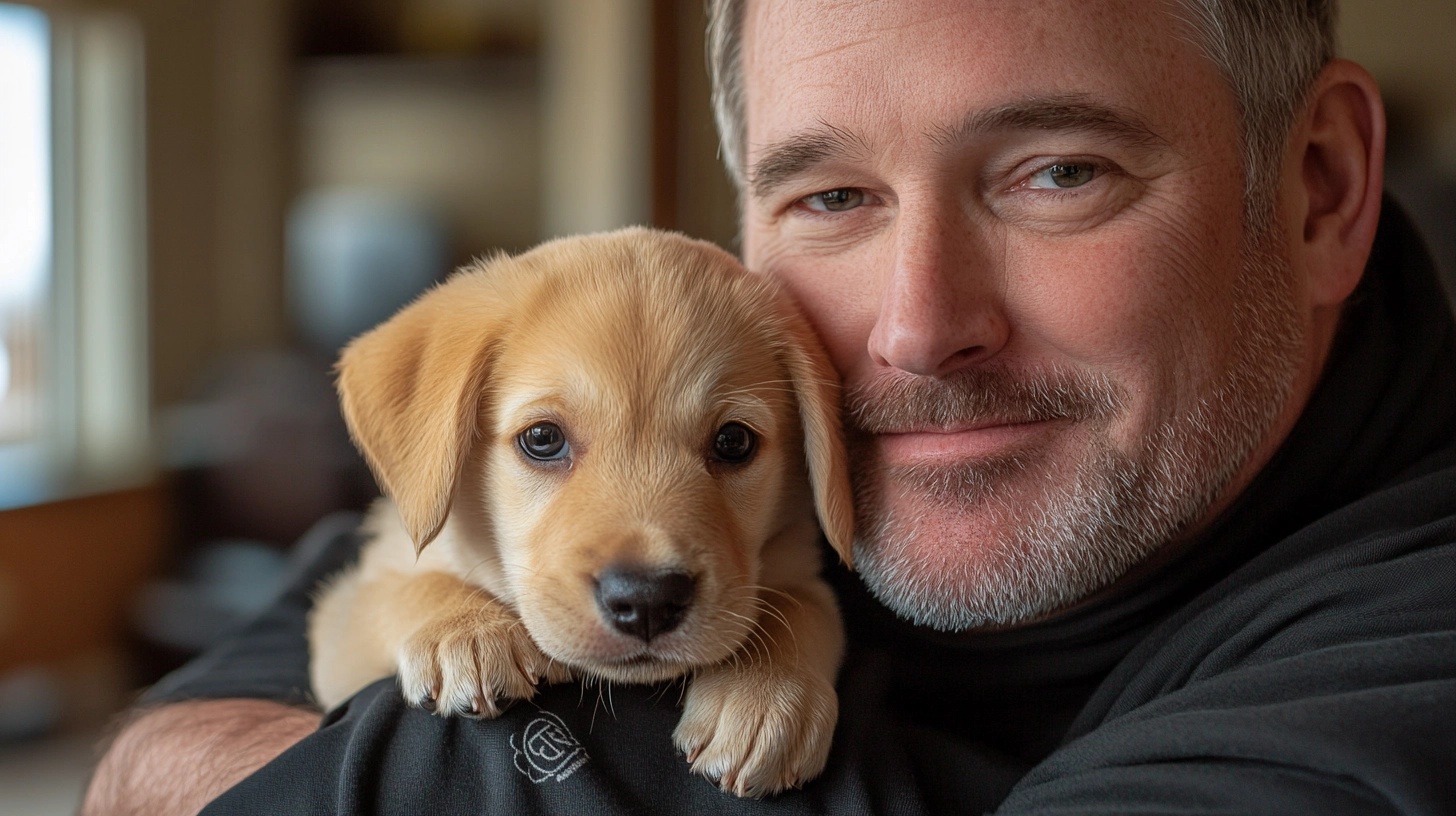Let’s figure out how to establish a relationship with pets. Let’s imagine an animal appears in your house, yard, or grandmother’s garden (not the spider in the corner), and you’ve decided to spread kindness and justice under the slogan “A home for every paw!” It’s a commendable initiative, but how do you approach the animal (let’s use cats and dogs as examples) in this context? You may have received a kitten, a puppy from the storks, or perhaps a UFO from the previous litter, but now you find yourself in the company of a wild creature. And yes, don’t let the cute, fluffy, or not-so-fluffy, miracle that gazes trustingly into your eyes fool you; trust me, within their paws lies a formidable arsenal capable of inflicting serious injuries on you, including fur, claws, and even the ability to destroy entire wardrobes.
Furthermore, each animal possesses a unique personality, similar to human personalities, and it is your responsibility to equip them with the necessary tools to develop specific behaviors and characteristic traits. Let me clarify right away: the approaches that work with young individuals do not work at all with adult animals; they have, so to speak, seen life and know that not everything is so rosy in life. They may have experienced both the pain of loss and betrayal along their path. So don’t try to fawn over an adult animal; instead, focus your efforts on befriending them and establishing respectful communication. From there, you could demonstrate your trustworthiness, paving the way for genuine, unconditional love.

We’ve sorted that out… so now in front of you is a young animal, who just yesterday was nursing from its mother, and now they are in a strange house, with a bunch of smells and things. Meanwhile, other people are bustling around, chatting and making requests, completely unaware that the new pet is experiencing extreme fear and loneliness at night. Therefore, the pet may cry, whine, cower in a corner, and sometimes hiss and growl. Show patience, start small, and prepare a place for your pet in advance, placing clean bowls with food and water. Also, lay out some diapers nearby (put the potty there, but don’t insist on it). Make sure the place where your pet will be is far from drafts and direct sunlight. Give your pet the opportunity to explore the house on their own; don’t rush in with a “sword drawn” saying, “Look, here’s the kitchen, and over there is the bedroom,” etc. It’s better to leave them alone and observe from a distance.
Do not make loud noises; sit on the floor to be almost at the pet’s level and not appear intimidating. Put a treat in your palm and patiently wait for the pet to come forward. Don’t try to break the animal by showing dominant signs; this won’t lead to trust and love. Instead, you will instill a sense of fear. This is particularly easy to observe in dogs, who approach the owner with their tail tucked between their hind legs and their head slightly lowered to the ground, as if concealing their neck between their shoulders. In cats, the feeling of fear manifests as a desire to hide from the person, his, or press their entire body to the ground. I think you will agree with me that such communication does not lead to long-term relationships.

Also, dedicate attention and time to introducing the pet to you. Smile, speak softly, try not to use your favorite perfume in the first few days (it might repel them), and when extending your hand for petting, bring it from below to the muzzle. Don’t try to pet the animal from above right away, as in the animal world, any object above the eyes is a DANGER! Avoid trying to turn the animal onto its back; instead, allow it to acclimate to you and familiarize itself with you. Trust me, once it gains your trust, it will reveal its belly for future scratches. Additionally, remember that every animal is unique and responds differently to different situations, so refrain from reacting harshly if your overweight pet decides to urinate on the carpet or create a mess in the milk like a “pig.” Gradually, they will understand and accept the established household rules in your home. While they are still small, take funny pictures, post videos on youtube, and simply enjoy life with your chubby little ones as they grow up quickly. Gradually train your pet, showing patience and attentiveness. For understanding the rules of the game (commands), reward them with something tasty. Look at the pet not as an object or accessory, but as a friend and partner (in games and trusting relationships); sometimes animals become the hands and eyes of a person. Don’t lose hope if your pet doesn’t choose you as their person; this happens occasionally. Sometimes the father whittling a wooden stick or the mother smelling like a meat roll become much closer in spirit (I’m joking). It is a reality that an animal within a family selects its leader, akin to the leader of a pack or gang, and every other family member joins this alliance, which requires safeguarding and defense.

Over time, a pet adapts to its owners (if they care at all and spend at least a little time training it, rather than abandoning it like a weed in a field, but that’s a different topic) and starts to mimic some characteristic traits of their behavior—hence, people often experience moments of what might seem like the humanization of pets (but it’s not really the case). Believe me, we can passionately debate whether pets are similar to humans or if humans are similar to them. However, it’s important to remember that our communication skills and the hierarchical structures of interspecies communication are entirely different. Therefore, it’s important to avoid creating false impressions. It’s also important to remember that if a pet is extremely hungry and you find yourself alone on an island without food, they will likely eat you first. In any case, engaging in communication with a pet not only benefits them but also teaches you valuable lessons. Your life will turn 180% and bring many bright colors. For now, be patient and determined to show the new resident that you are the owner and a safe and warm refuge.

